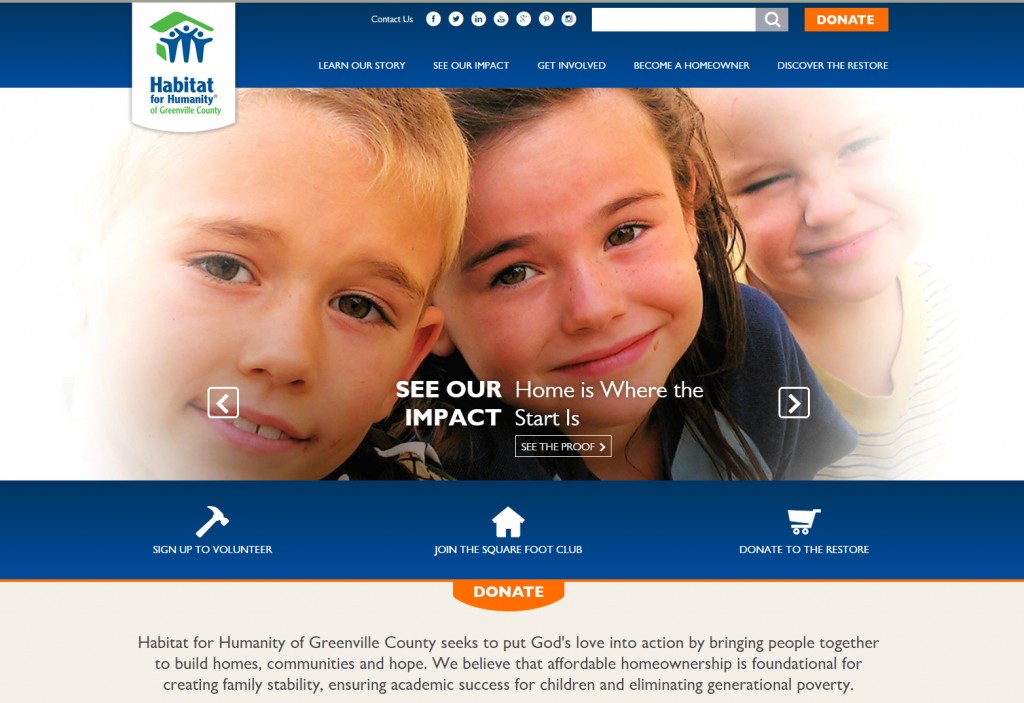As marketers, we need—and in fact, expect—our websites to work hard for us.
We expect a website to communicate our passion, generate leads, attract new and loyal customers, and sell products and services. However, only 11% of B2B marketers feel their website is “very successful” in achieving the objectives they have set for it, according to a research study Jackson sponsored with Ascend2.
That leaves 89% of marketers scratching their heads wondering what they can do better or pulling their hair in frustration. When B2B marketers see their website is not successfully achieving its objectives, that is when they understand the need for web conversion optimization.
If that’s you, then this blog series is for you! Taken from a recent Twitter chat, the following eleven questions (three in this blog post and more to come in this series) will guide us through how to use web conversion optimization and turn our websites into efficient marketing machines.
Q1: What is “Web Conversion Optimization”?
To clear up any confusion, let’s first define two similar industry terms.
Web optimization is a term Ascend2 used in the Website Optimization Benchmarks for the B2B Marketing Channel report, but we really don’t feel this term encompasses the full meaning of how to best optimize a website. While often referring to page load speeds, “web optimization” often leaves out the most important marketing element: getting users to convert or take action.
Conversion rate optimization (CRO) is an industry term that the web strategists and experience designers live and breathe, but it may not be as clear for marketers. Marketers want conversions for all their marketing, not just digital marketing.
For the sake of this blog series, we are going to use the term web conversion optimization, which is the continual improvement of a website in order to successfully achieve marketing objectives through conversions.
With a very broad definition like the one above, I would be prone to glaze over the definition, never comprehend it or give it a second thought. So let’s give it some substance.
Habitat for Humanity has a brand new website built for conversions, but the work doesn’t end there. Now that the site is live, we can continue testing, optimizing and tracking to keep the website performing at its best.
You can perform the same upkeep for your website. All of the suggestions below are performed under the umbrella of web conversion optimization.
- Improve the performance of your website, often through A/B testing, reducing page load speeds optimizing images and video content, and usability testing and improvements
- Define your website’s objectives or key performance indicators (KPIs) and then set up tracking to mark when those objectives are met
- Track conversions, when a web visitor follows through on your call to action (i.e., signing up for an email newsletter, contacting company, online purchase, in-store purchase, creating an account or subscribing, downloading an app, etc.)
For those of you wondering, how often is “continual” improvement? Continual improvement could mean multiple times a week during heavy market testing period or multiple times per month to add new content or campaigns.
Q2: How can marketers get involved in optimizing their websites?
Web developers are usually the ones making the physical changes to your website, so how can marketers get and stay involved? Start by clearly defining the role your site must play in the marketing strategy— give it a specific task that can be measured.
As mentioned in the intro, only 11% of B2B marketers feel their website is “very successful” in achieving the objectives they have set for it. But web conversion optimization is the answer to those frustrations! Set objectives and KPIs that are attainable and can be tracked.
Although it varies between organizations and industries, digital is fast becoming the most important part of the marketing mix. Marketing budgets don’t lie. According to The CMO Survey, digital marketing is predicted to grow by 14.7% in 2016. Contrast that with a negative growth rate of 1.1% for traditional.
However, the site is just one part of the whole marketing mix and has to be treated that way.
Q3: Where do I start with Web Conversion Optimization?
The most important place to start is the actual webpage where the web conversion will take place. Sometimes that’s a landing page, a contact page, an online tool, an application page, a shopping cart, etc.
Here are a few examples from our clients’ websites:
- MichelinTruck.com users convert when they use the Dealer Locator tool.
- BetaClub.org conversions happen on the “Application” page.
- OBHG.com users convert on the “Schedule a Consultation” page or “Become a Hospitalist” page.
Which page is that for your site? Do you even have a call to action or conversion page on your website? Time to figure it out! After optimizing the pages where most conversions take place, then move out to the largest feeder pages. Feeder pages are the web pages with the biggest visitor traffic that feed those landing pages or conversion pages.
So far, we have the definition and basic understanding that web conversion optimization is an ongoing process to keep our websites performing efficiently, converting leads and meeting our marketing goals. Then we looked at the marketer’s role in setting goals and objectives for the website. Finally, we pointed out the best place to start with optimization is the page where users fill out a form or buy or convert.
Next in this blog series, we’ll talk about how to optimize for conversions through content, personalization, design and performance.









